The baffling mystery of the Las Vegas shooting massacre – the worst in US history
An FBI agent has revealed his reaction when he was confronted with news about what is today still America’s deadliest mass killing.

Real Life
Don't miss out on the headlines from Real Life. Followed categories will be added to My News.
Country music star Jason Aldean was centre stage smashing out the closing performance on the third and final day of the Route 91 Harvest Festival when shots rang out.
It was just after 10pm on October 1, 2017 and many in the 20,000-strong crowd mistook the “pop-pop-pop” sounds for pyrotechnics or feedback from the booming speakers.
But as bodies began to fall in quick succession, panic swept through the 15-acre site of the music festival in downtown Las Vegas.
Across the street, 32-storeys up, from two adjoining suites in the Mandalay Bay Hotel and Casino, came a flood of more than 1000 bullets from 15 separate weapons.
The distance and darkness meant Stephen Paddock wouldn’t have seen individual targets. He merely fired indiscriminately and non-stop for 10 minutes.
He killed 58 people and wounded 413, but in the resulting chaos some 850 people were injured.


What could possibly drive somebody to commit such a heinous and unimaginable crime?
After an exhaustive investigation involving 1000 personnel from the Federal Bureau of Investigation, including its renowned Behavioural Analysis Unit, no-one can definitively say.
There’s no “single or clear motivating factor” for the deadliest mass shooting in American history, and one of the world’s most shocking crimes of the modern era.
In an Australian exclusive, Special Agent Aaron Rouse, the FBI’s lead investigator, takes news.com.au inside the search for answers, and into the mind of an “ordinary” monster.
CHAOS AND CONFUSION
Special Agent Rouse, who’s in charge of the Las Vegas Division of the FBI, received a call at home a few minutes after the shooting began.
“One of my Assistant Special Agents told me to turn the television on, that there was a mass shooting that was in progress at Mandalay Bay,” Special Agent Rouse told news.com.au.
“It was a little after 10pm. I instructed him to assemble all of our critical staff and get people rolling and I made my way to the unified command centre at Metropolitan Police headquarters.”
Working with local and state law enforcement counterparts, the first priority was to isolate and identify the perpetrator.
Radio exchanges among local police on the ground at 10.13pm highlight the difficulty in tracking down where Paddock was.
“It’s coming from like the 50th or 60th floor, north of the Mandalay Bay. It’s coming out a window,” one officer said.
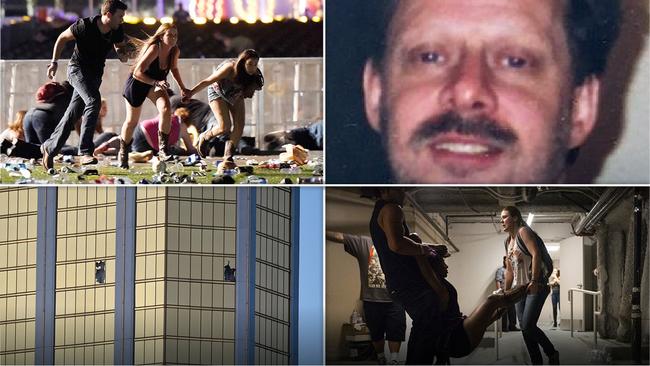
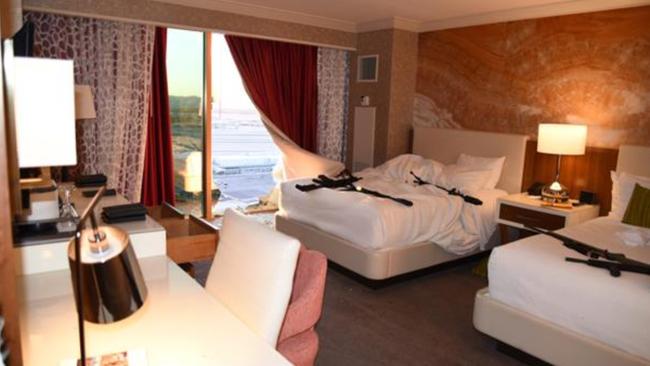
Another added: “We’re seeing local flashes in the middle of Mandalay Bay on the north side, kind of on the west tower but towards the centre of the casino, like one of the middle floors.”
Hotel security guard Jesus Campion happened to be on the 32nd floor when the shooting began, investigating an open door at another hotel room.
Paddock briefly paused his murderous reign of fire, turned towards the entrance of the suite and let off a number of rounds, hitting Mr Campion.
It’s believed he spotted the security guard on one of several CCTV cameras he’d placed in the corridor.
Mr Campion radioed to hotel security that he’d been shot.
The first police were on the scene by 10.12pm, one floor below Paddock, as they’d been at Mandalay Bay for a function and they closed in quickly on his room.
By 10.15pm, the shooting had stopped. An hour later, a SWAT team blasted through his door and found Paddock inside dead, having taken his own life.
RELATED: Las Vegas gunman’s ominous comment before massacre


Having used just over half of the weapons he’d spent so much time carting in, it might be safely assumed that Paddock planned to keep shooting for longer than he did.
“I don’t like to speculate too much,” Special Agent Rouse said.
“Having the amount of rounds remaining in the room that he did, plus the unused weapons, he certainly had the capability to continue to fire on the concert venue. He chose not to.
“The reasons why, we may not be able to say. But it’s our belief, based on the impending presence of law enforcement tactical teams (in the hallway), the subject ended his outward shots and then took his own life.”
PROFILE OF A KILLER
Paddock arrived at the Mandalay Bay on September 25, almost a week before the shooting, later changed rooms to a suite on the 32nd floor and then requested the adjoining room.
He brought in a massive cache of weapons and thousands of rounds of ammunition over several days – five suitcases on the day of his arrival, another seven the next day, two on September 28, six on the 30th and two on the day of the shooting.
Paddock specifically requested a room overlooking the festival ground and there’s evidence he had surveilled the site earlier.
It also wasn’t the only target he considered.
Two months earlier, he travelled to Chicago and booked two rooms at Blackstone Hotel overlooking the park where the Lollapalooza music festival took place.
“Paddock’s exploration of other potential sites suggests that his final selection was based on the identification of a tactically advantageous location from which to attack,” the FBI Behavioural Analysis Unit’s findings said.

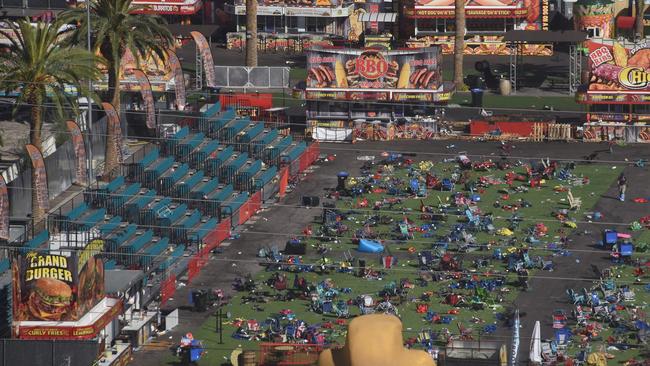
It’s one of 10 findings based on the work of the Bureau to “dissect every aspect of the shooter’s life”, Special Agent Rouse said.
“Just to give you an idea, the FBI ended up utilising over 1000 personnel worldwide to find out answers to questions regarding the subject’s travel, associations, family life, friends, connections … we went through painstakingly the entire life of the shooter.”
Paddock didn’t leave a note or a manifesto and hadn’t hinted to anyone in his life about what he was planning.
He didn’t have a specific grudge against the Mandalay Bay Hotel and Casino or any other MGM-owned properties, nor with the Route 91 Harvest Festival.
The attack wasn’t directed, inspired or enabled by ideologically motivated people or groups. He acted along and didn’t conspire with anyone.
For the general public, the idea that such an horrific crime can be perpetrated for no clear is unsettling, Special Agent Rouse concedes.
“Why did this event take place? To know for sure, we’d have to ask him.”
RELATED: Eric Paddock said his brother Stephen was ‘driven to pit of hell’ before Las Vegas shooting

But in rebuilding ever detail of Paddock’s life, the FBI determined that “the subject displayed all the signs of someone whose life, in their minds, was spiralling down”, Special Agent Rouse said.
“There was a substantial change in his financial situation, there were serious family issues that he’d grown up with, relationships were problematic for him.
“There was an overall perceived loss – and perceived is really important there – of his physical health, mental health and wealth.”
Paddock seemed to be struggling with getting older – he was 64 – and loved ones recalled a deterioration in his physical appearance in the months before October 1.
“If you look at the 10 factors, it’s not hard for (someone) to presuppose why this event might’ve taken place,” Special Agent Rouse said.
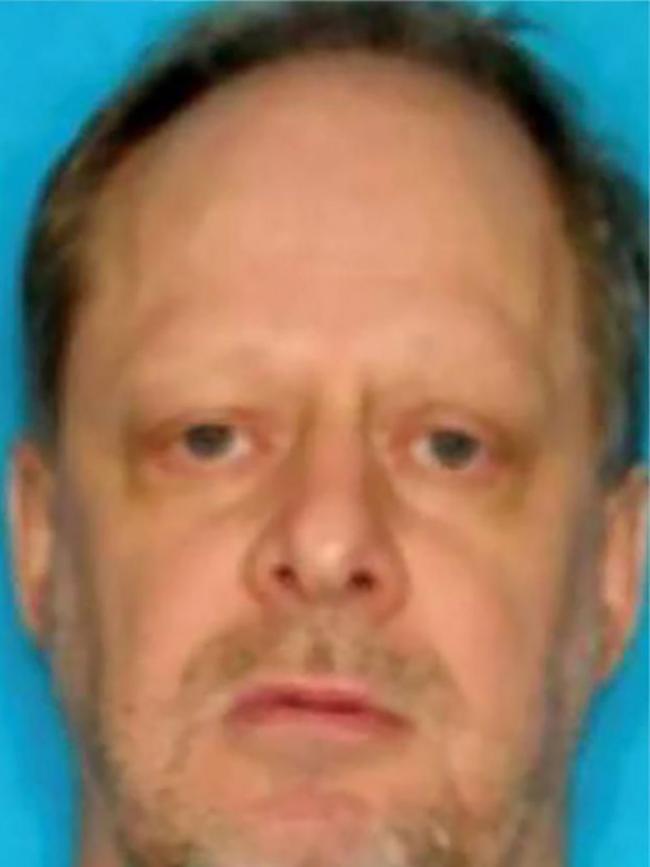
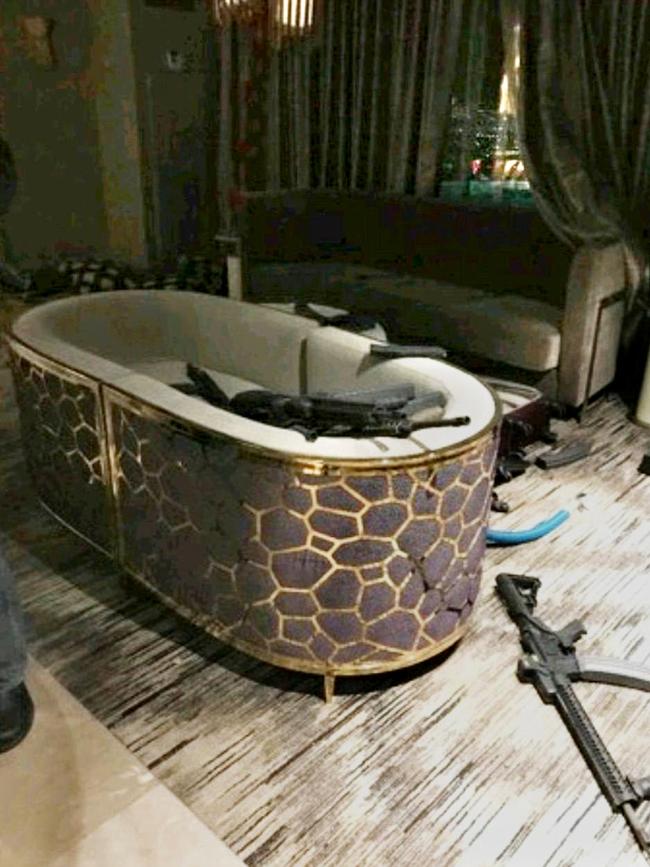
Among the findings was the assessment that Paddock “displayed minimal empathy throughout his life and primarily viewed others through a transactional lens of costs and benefits”.
He had a fixation with hobbies and interests, focusing significant time and energy on projects – and the shooting was no different.
“Paddock engaged in detailed preparations for the attack, including a year-long burst of firearms and ammunition acquisition,” the report said.
“The planning and preparation – in and of itself – was likely satisfying to Paddock as it provided a sense of direction and control, despite his mental and physical decline.”
Key to the factors was Paddock’s clear desire to die by suicide and he made end-of-life planning prior to October 1.
“He did have a desire to obtain a certain amount of infamy,” Special Agent Rouse said.
“His father was a former FBI top 10 fugitive and had obtained a bit of infamy as a result of that.”

The Behavioural Analysis Unit also concluded that Paddock never planned on escaping his suites after the attack, nor did he intend to surrender.
“Paddock took multiple, calculated steps to insure that he could commit suicide at a time and manner of his choosing.”
These insights aside, Special Agent Rouse said there was nothing “special or particularly outstanding” about Paddock.
“He was pretty ordinary,” he said.
“Most people would love if there was something you could put your finger on, that was way out of the ordinary, to help people understand why this would happen. Unfortunately, in this situation, you have someone who’s ordinary.”
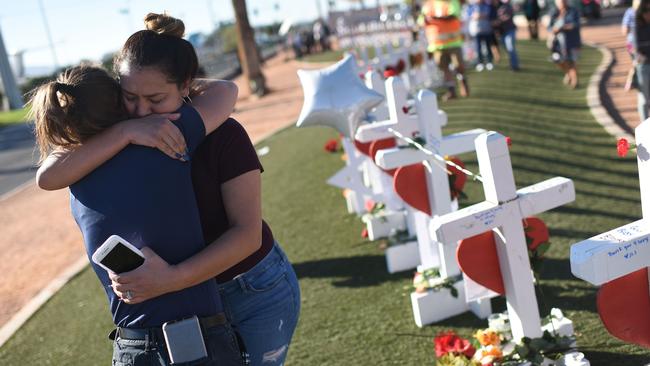
An FBI study of every mass shooting between 2000 and 2013 found that in 21 per cent of cases, the killer left no note or any kind of item to indicate why they did what they did.
“That percentage actually surprised me, that it was so high,” Special Agent Rouse said.
“The fact he didn’t leave an artefact behind, that he didn’t tell anybody, is not as out of the ordinary as I originally thought.”
AN ENORMOUS TASK
So vast was the crime scene that the FBI deployed significant resources to collect thousands of pieces of evidence.
Inside the Mandalay Bay, a team of 30 people spent 13 days combing Paddock’s two suites, which were littered with weapons and shell casings, as well as the corridors outside.
“The concert grounds themselves, that’s roughly 15 acres of land so it took a team of over 200 evidence response technicians 14 days straight to go through and collect and catalogue all of the evidence,” Special Agent Rouse said.
RELATED: Las Vegas gunman ‘acted alone’, studied SWAT tactics before deadly attack: report

There were two residences in the Nevada that Paddock owned and they too were meticulously searched.
Even though the suspect was dead, it was critical to follow precise procedure in order to build a picture of what had occurred.
“The evidence allowed us to definitively say that there was one shooter who fired 15 of the 24 weapons found in the room,” Special Agent Rouse said.
“We can tie the rounds from those weapons to the bullet strikes that took place at the concert venue. I think that brings some closure to the victims and to the community. We were able to say, yes, we’re confident there was one shooter, this is what he did.
“Had the shooter survived, we felt highly confident that we would’ve sustained a conviction.”
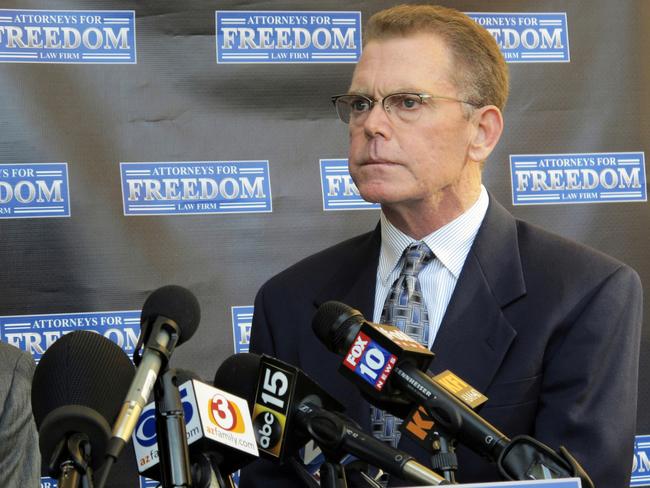
The thorough evidence-collection process did lead to a federal charge, identifying Arizona ammunition dealer Douglas Haig as having sold 720 rounds to Paddock.
“He (is the) person who manufactured and provided to the shooter armour-piercing incendiary rounds. That’s against US federal law to do so without a licence,” Special Agent Rouse said.
Haig pleaded guilty on November 19 and is awaiting sentencing.
Another critical component of the FBI’s role was its family assistance program, considered best practice in law enforcement in the US.
“We very quickly established a family assistance centre at the Las Vegas Convention Centre, which is a mammoth facility,” Special Agent Rouse said.
“We had a lot of victims with a lot of families. A lot of the victims were from out of the area, some were from other countries. We did our level best to take care of every aspect we could.
“We were able to utilise connections to extend people’s stays at hotels, rearrange flights and deploy financial support, over half-a-million dollars.
“Our victims’ assistance program came out with 67 counsellors who were in a position to assess and refer people to services.”
TWO YEARS ON
Las Vegas is much more than the glitter strip of casinos, hotels, stage shows and entertainers that outsiders see.
Behind the bright lights is a thriving community that pulled together in the wake of October 1, 2017 in a way that astounded Special Agent Rouse.
“It was really something quite impressive to see, and comforting at the same time,” he said.
“They’ve honoured and paid respect to those who passed and they’ve shown a continued resilience, showing the survivors that we’re staying here and staying Vegas Strong. That’s been the motto.
“After two years, that community spirit and connectivity stays strong.”
RELATED: Coroner shares grim findings in report on tragic Las Vegas massacre that killed 58 people
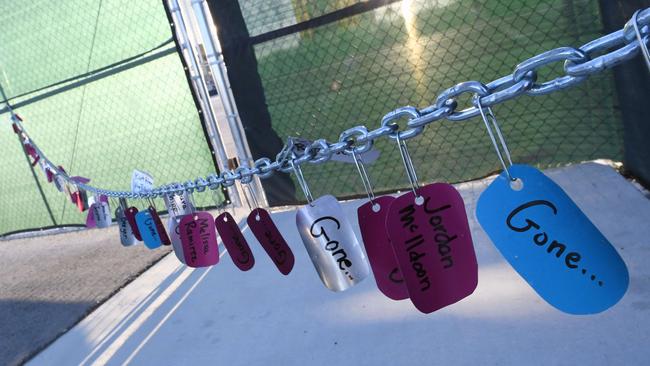
That spirit also remains crucial, as it seems Paddock’s death toll could rise to 59.
Kimberly Gervais was at the music festival with two friends, one of whom was killed, and was left paralysed after being shot in the neck.
She remained in a nursing hospital recovering from severe spinal injuries before passing away on November 15. A coroner will now examine the 57-year-old’s death to establish cause.
“Our thoughts go out to the family and friends of Kim Gervais,” Clark County wrote on social media. “For the past two years, she had battled the physical and psychological toll of the Las Vegas shooting.”
Originally published as The baffling mystery of the Las Vegas shooting massacre – the worst in US history

